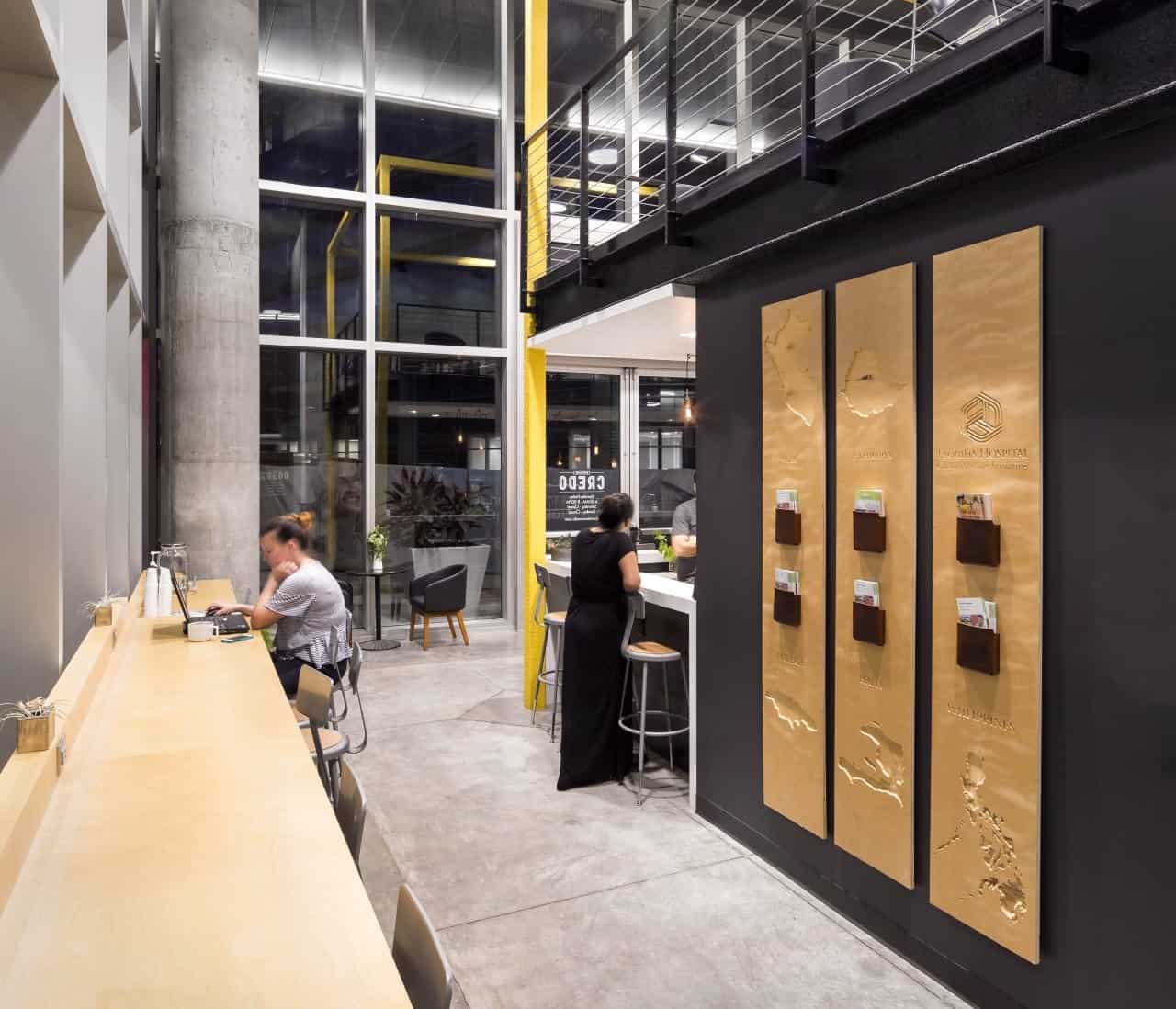“While architecture history tended to focus on suburban houses, and planning history looked at the highways, the shopping mall fell into the cracks between the personal and the professional, as if we as a culture didn’t want to acknowledge that we needed a wardrobe, furniture and tools for both”
Alexandra Lange, Meet Me by the Fountain
1956
Edina, Minnesota. Victor Gruen designed the country’s first fully enclosed, climate-controlled shopping mall to capitalize on car-centric America. In the next fifty years, we added an average of 140 malls a year until the term “e-commerce” was introduced. We saw a sharp decline in the performance of malls, leading to “dead malls” or “greyfields.” With familiar anchor tenants going out of business, the malls are left with nothing but a deep sense of nostalgia.
2020
The country grappled to find a safe footing between social justice events and the pandemic. While we shopped extensively virtually, we also found ways for the dead malls to serve the community in different roles. With more than 12,000 stores announced to close in 2020, the creativity was boundless. We learned to reuse malls as schools, affordable housing, corporate offices, and community centers. Meanwhile, economic impacts of gig-based/ shared employment and micro-entrepreneurship were felt.
2022
Mall experiences are determined by the economic capacity to shop and eat. Underperforming malls with empty anchor tenant sites are dead. With that, we are quickly losing places of social gathering. The pandemic sent us packing, and as we learned to live and work at home, we also had to entertain the idea of shopping from home. Takeout food and Amazon boxes lined up our porches every day, and the isolation soon needed to be addressed.
This isolation didn’t stem from lifestyles. It stemmed from how we planned our cities. Heavily reliant on car-based transportation, suburban America wasn’t planned as a mixed-use neighborhood. Today, lower-tier malls are rapidly declining and deteriorating neighborhoods with them.
Where do we go from here? How do we provide a social impact solution that addresses the ESGs (Environmental, Social and Governance) beyond checking boxes on standards? With the dismantling of traditional malls, how do we envision the new Retail?
Welcome back, the Gruen Effect.
Coming out of The Great Depression, consumers lacked money to shop on impulse. However, Gruen designed storefront displays that enticed consumers into the store. The design solution was so successful and widely adapted, it was called the Gruen Effect. This time, instead of enticing consumers with shiny displays, the draw will be purpose- and performance-based, focused on the social impact of the retail brand as well as the retail space.
Development of new retail spaces will be a part of the solution to address multiple community-centered purposes that champion education, health, housing and retail services. Custom tenant mixes will adhere to value-based real estate models instead of short-term profitability. While regenerative design principles have provided value-based models for the redesign of retail and shopping centers, what if we applied these principles to create a circular economy, a system to keep resources in use for as long as possible?
In a world where it’s considered inequitable to live on subscription-based models that lead to potential hoarding or inefficient use of resources, promoting circular design as a regenerative design principle caters to individual and personal needs. Worldwide each year, consumers trash one hundred ninety million dollars of clothing, which takes anywhere from five to 25 years to decompose based on material composition. As people shift toward a circular economy, steering away from fast fashion and beauty choices, they will want to touch and feel the objects they want before investing in them.
Moreover, data on ecommerce as the death of the mall does not add up. According to Statista, only 14.3 percent of total US retail sales come from e-commerce. If the suburban mall is dead with “ghost boxes,” will curated shopping experiences only be available at spaces like “Oculus”? Absolutely not!
How do we promote social equity through emerging design and economic development centralities?
Through artificial intelligence and machine learning, technological advancements such as AR/VR provide micro-moments in shopping experiences. Of course, virtual shopping removes geographical barriers and creates more equitable access to shopping, but the concept of communal third space is not dead.
Space is valuable in metropolitan areas, where the sustainable transformation of malls into equitable urban environments fosters a sense of community and allows economic performance and social participation to coexist. Mall spaces are converted to medical buildings, affordable housing, schools and office spaces. All provide valuable community support by reusing underperforming retail spaces, but while we are busy repurposing these spaces, we often overlook the concept of third space.
This loss of crucial third space pushes retailers to redevelop the thirds space where people already gather – in atriums to listen to lectures and music or in repurposed food courts that focus on local chefs and locally grown food.
What would the future of a shopping mall look like?
Seeking solutions “outside the box,” shopping mall design will primarily focus on creating walkable streetscapes that promote window shopping and will steer away from artificially lit enclosures. Promoting salutogenic and regenerative design principles, the retail space will integrate brand principles to cater to conscious consumerism. Sustainable brands that highlight circular economy through organized events like farmer’s markets, thrift shopping and package recycling will offer blended interactive spaces that entice consumers to skip virtual shopping.
Pedestrian and family friendly “defined” outdoor entertainment and gathering spaces, interactive spaces to accommodate children and senior citizens and inclusive design solutions that address the spectrum of disabilities will elevate the shopping experiences beyond consumerism, bringing back the “third” space in creating social equity.

